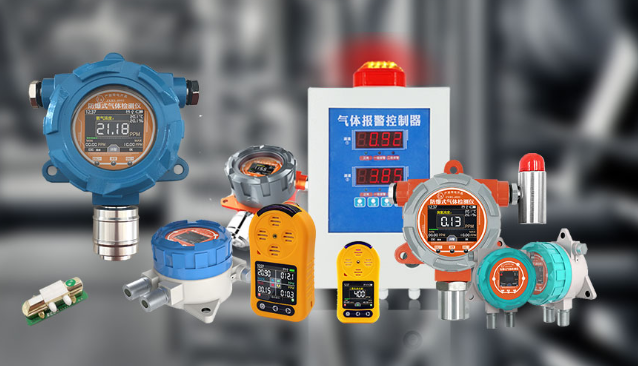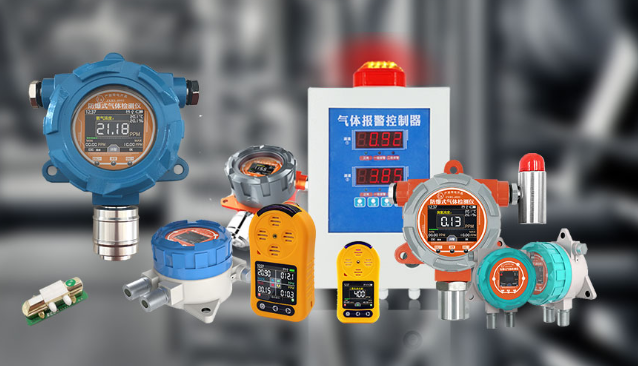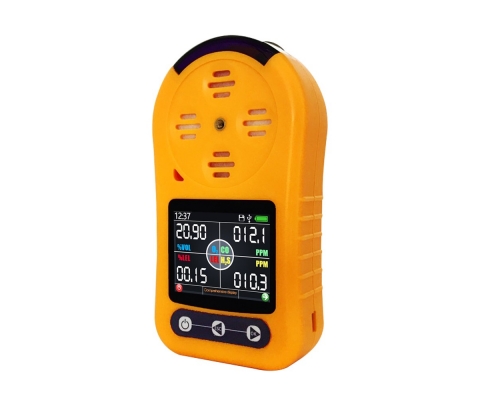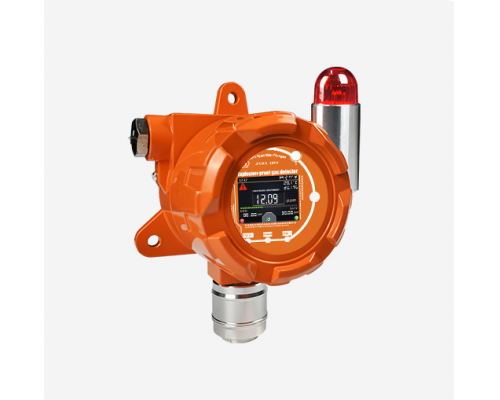
How Do Gas Detectors Work?
Gas detectors are instruments designed to detect gas concentrations in the environment and provide a vital first line of defense against the dangers of undetected gas leaks on board.

Gas detectors are instruments designed to detect gas concentrations in the environment and provide a vital first line of defense against the dangers of undetected gas leaks on board.
Gas detectors are instruments designed to detect gas concentrations in the environment and provide a vital first line of defense against the dangers of undetected gas leaks on board.
Understanding how a gas detector works will help you choose the right instrument for your boat. Both stationary and portable gas detectors play a vital role in protecting crew safety and Marine ecosystems.
Reliable, robust gas detection methods are crucial to effectively protect lives at sea – dangerous gases are a common hazard on board, and storage and transportation at sea present their unique challenges. Understanding how your gas detector works can help to streamline the decision-making process when selecting the equipment and technologies that keep your crews safe.

Gases pose a specialised and heightened risk because of how they present. In most cases, only a minimal concentration of gas is needed to cause significant harm to health or the possibility of combustion or explosion, especially within the confined spaces found onboard most sea-going vessels. Most gases are invisible – many more are also colourless and odourless. These characteristics mean gas poses a unique risk that is impossible to mitigate without the use of specialist technology – but it’s only in recent years that we’ve had access to more sophisticated automatic detection methods which can be calibrated at the touch of a button and provide 360, 24/7 protection against gas leaks.
Gas detection technology has come an incredibly long way since it was first developed in the late 19th century. Before automatic electronic methods, people working with potentially hazardous gases relied on various primitive methods to protect themselves against gas’s physical and environmental dangers, including the canaries used by miners to indicate a potentially toxic build-up of gases underground.
Modern gas detection methods have advanced considerably since then, of course, using a combination of technologies and accurately and efficiently identifying dangerous levels of gases and saving lives.

To answer this question effectively, you first need to know which type of gas detector you’re dealing with. Different gas detectors have other operating systems, which vary depending on the type of gas or gases they are designed to detect. Gas detectors generally fall into three main categories, all of which operate in slightly different ways:
Electrochemical: Highly sensitive electrochemical gas detectors measure toxic gases such as Carbon Monoxide. They work through sensing electrodes in the air, sending an electric current to sound the alarm.
Catalytic Bead: Using a platinum-treated wire coil, this type of gas detector most commonly identifies combustible gas in the air as the coil oxidises upon contact with the gas, tripping an alarm. Catalytic gas detectors are incredibly common, especially for use in domestic settings.
Infrared: Sophisticated infrared technology uses transmitters and receivers to accurately measure gas levels in the air. Most commonly used for hydrocarbon and combustible gases, Infrared gas detectors use the light transmission to determine what type of gas is present and at what level, sounding the alarm when high concentrations are present.
All gas detectors have one feature in common. Once the gas has been detected at critical levels, they raise the alarm using a loud audio alarm, sometimes accompanied by visual cues, such as flashing lights.

All gas detectors offer accuracy, but some have enhanced safety benefits compared with most. This is because they simultaneously reduce the possibility of human error and malfunction, ensuring the gas detector is working at total capacity and providing complete safety.
The type of technology used within a gas detector depends on several factors – including where it will be used, what you require it for, and the variety of gases it is designed to detect, as different gases need different detection techniques.
Electrochemical sensors are primarily used for non-flammable gases, including O2, H2S and CO. Our Marine 4 model uses a catalytic sensor – and although this won’t work in an inert atmosphere and will need calibration, it can pick up Hydrogen, whereas an infrared sensor can’t.
When choosing a fixed gas detector, you have a choice, but infrared is much more expensive due to being more stable and offering its host of additional benefits. Marine 5 is customisable, so can it contain several different types of gas detection technology.
There’s also an added advantage attached with LEL Infrared technology – as it boasts a significant advantage over other gas detection methods. It is immune to two threats to gas detector function – sensor poisoning and drift. With no need to worry about these two issues (or constantly check, service and calibrate to avoid them) and an extended battery life, you can rest assured your gas detector is ready for action at all times.